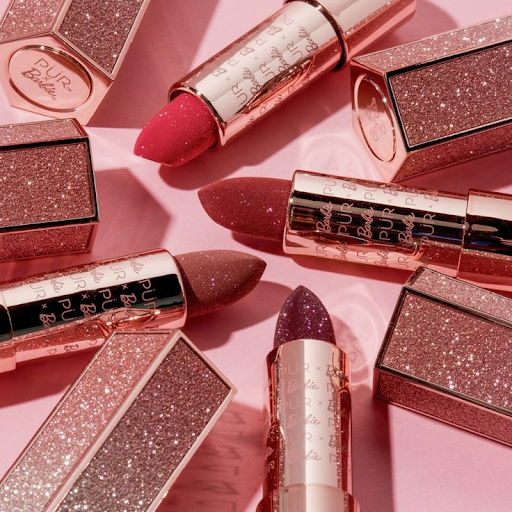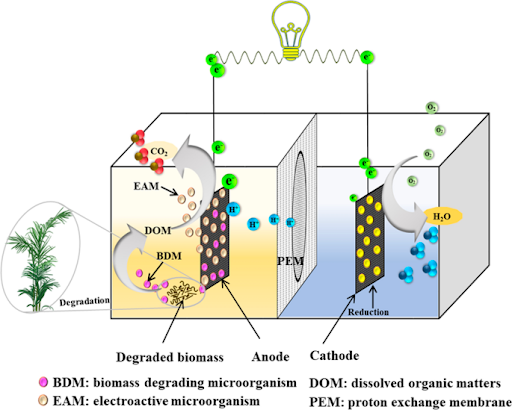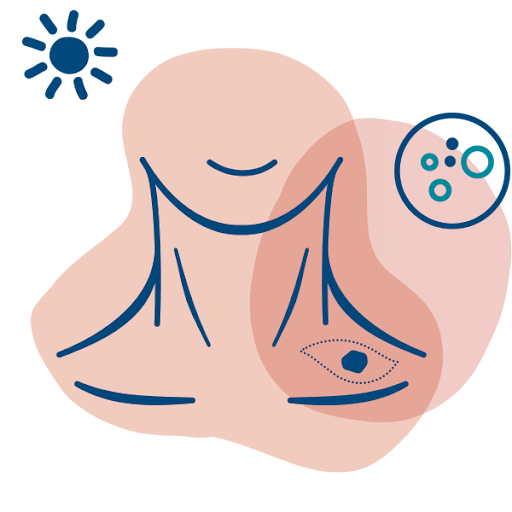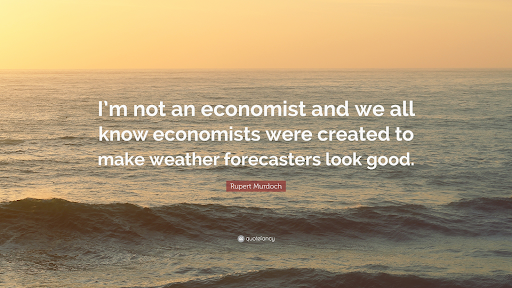Recycling and its Seven Forms of Plastic
May 30, 2022
Recycling is defined as the process of collecting and processing materials that would be waste and then turning them into new products. As people constantly face the burden of the imminent and already prevalent effects of global warming, people have been prompted to follow the phrase “reduce, reuse, and recycle”, a motto made to conserve natural resources, landfill space, and energy.
Reducing—for example, bringing reusables or buying biodegradable products—is one of the most effective options. Reusing plastics is also a method of recycling that has proven successful in the past.. For instance, taking an old plastic container and turning it into a plant holder, or a container to store jewelry, can prevent its slow and painful degradation in the oxygen-deprived landfills. Finally, the most frequently used method of saving the planet is recycling. As many individuals will have single-use plastic containers for various reasons , most of those people will simply throw it into the recycling bin, discarding it from their lives. But what really happens to that piece of no-longer needed plastic? How can that plastic bag, or water bottle be made into a new bench or another bottle? Unfortunately, not every form of the seven plastics can actually be “recycled” and turned into something new again. Furthermore, by looking at the bottom of a plastic product,the renowned triangle made of arrows will have a number placed in the inside, the form of plastic of which it is composed of.
Before recycling any plastic, it is important to understand its chemical content, environmental impact, and the frequencies of which companies will accept those forms to better the planet.
Type 1: PET
Polyethylene terephthalate, known as “PET” or “PETE”, is the most commonly used plastic, frequently utilized in the infamous plastic water bottle. Also being used for cosmetics containers, food jars, and general packaging, PET is well known for its lightweight structure. Additionally, this form of plastic has great capabilities in preventing bacterial growth, making it in high demand for ordinary food transport and more.
However, PET is 100% recyclable, allowing it to be reused and therefore made into other forms of plastic over and over again. PET is therefore the most widely recycled plastic in the world, being readily accepted in many recycling companies globally, 94% of UK councils collecting it in 2017 [4].
Type 2: HDPE
“HDPE”, High-density polyethylene, is a strong form of resin, used in heavier duty containers, such as shampoo bottles, milk jugs, piping, and cleaning product containers among others. It uses longer polymer chains to hold a thicker, more formidable force compared to PET. Adversely, it therefore wields more to high temperatures of 248 ℉ [1].
Like type 1 plastic, HDPE is one of the easiest plastics to recycle, being accepted at many recycling centers.
Type 3: PVC
Polyvinyl chloride, or “PVC”, is greatly versatile for having two forms: rigid and flexible PVC. Its rigid form is utilized in window frames, IV bags, and wastewater pipes. Its flexible composition is used in wiring, garden hoses, and ducts.
Despite its reusability, PVC is not readily and commonly recycled for its high chlorine and adverse chemical additives. PVC is known to be highly toxic, releasing malignant chemicals such as dioxin throughout its unnatural decomposition. PVC’s plastic wrap can additionally be contaminated with other waste materials, making it more costly for recycling companies to utilize, not commonly accepted, with less than 3 percent being recycled annually [1].
Type 4: LDPE
Low-Density Polyethylene, or “LDPE”, has a low-density molecular composition, giving this form a thin, flexible structure. LDPE is notoriously known for the plastic bag, as well as protective film, squeezable bottles, and other forms of plastic wrap. LDPE’s use is looked down upon for its habitual instinct to end up in water, often getting caught in different sea animals.
Similar to PVC plastic wrap, LDPE plastics are also more expensive and difficult to recycle because of its easy contamination. Furthermore, materials such as plastic bags have a more onerous time in the manufacturing process, clogging the sorting machinery, being taxing and delayed for certain companies. In 2015, the EPA states that only 6.2% of LDPE produced was actually recycled [3].
Type 5: PP
Polypropylene, or “PP”, is very durable, generally described as “stress-cracking resistant”, being the second-most widely produced plastic following type 1 and 2’s polyethylene structures. PP is generally made in reusable food containers, yogurt containers, and the infamous straw.
PP is considered the most versatile and easiest to recycle polymer, however only 6% is recycled annually. Type 5 can withstand high temperatures of 275 ℉. The market and need for PP grows along with its new methods of recycling. The EPA considers polypropylene to be safe and less toxic, not known to cause cancer in humans [5].
Type 6: PS
Polystyrene, or PS, is the sixth type of plastic. Arguably the world’s most common polluter, styrofoam is used everywhere: cups, insulation, egg cartons and box packaging [1]. Styrofoam consists of 10-40% of stream litter, polluting the earth regularly. Furthermore, environmentally speaking, styrofoam often breaks off and becomes grave for animals who ingest small amounts of PS.
Despite occasional exceptions, very few companies accept Polystyrene as it is not able to ever break down naturally due to the amount of air in its chemical structure. Therefore, Polystyrene is burned to be disposed of. Adversely, styrofoam is extremely toxic, releasing large amounts of chemicals into the environment when heated.
Type 7: “Other”
Lastly, the seventh form of plastic is labeled as “other” and is also known as Polycarbonates (PC). “Other” plastics include materials such as nylon, baby bottles, sunglasses, and goggles. Labeled as “other” implying differences, the 7th plastic is layered and mixed with other forms of plastics, often the result of those other forms being recycled.
Type 7 is extremely difficult to recycle, being made from already used plastics. This last form of plastic includes many environmentally hazardous chemicals, such as Bisphenol A (BPA), being released at high temperature. The BPA is unable to be broken down in landfill, resulting in accumulation in bodies of water. Type 7 is almost never recycled [1].
[1] https://www.plasticsforchange.org/blog/different-types-of-plastic
[2 https://www.natreve.com/blogs/blog/pet-plastic-hdpe-plastic-or-biodegradable-which-packaging-is-best#:~:text=HDPE%20Plastic%20
[3] https://millerrecycling.com/ldpe-out-of-landfills/
[4] https://www.coda-plastics.co.uk/blog/know-your-plastic-seven-plastics-for-seven-recycling-possibilities
[5] https://cehn.org/our-work/eco-healthy-child-care/ehcc-faqs/faqs-styrofoam/
[6] https://rekart.co.in/uploads/blog/7-different-types-of-plastic.jpg





